Kenyan Food Dishes: Basic Overview
Common Ingredients
Common Cooking Methods
Courses
Meals
Key Taste
Eating Etiquette
Meal Presentation
Culinary Festivals
Influence and Fusion
Popular Types of Kenyan Dishes
-
Fried Dishes
In Kenyan cuisine, fried dishes are a staple, offering a delightful crunch and rich flavors that are savored across the country.
-
Grilled and Barbecued Dishes
Grilled and barbecued dishes hold a special place in Kenyan culinary traditions focusing on the natural flavors of the meat, often enjoyed with sides like ugali and kachumbari.
-
Stews
Kenyan stews are hearty and flavorful, often made with a base of tomatoes, onions, and local spices.
They are central to Kenyan home cooking, providing comforting and nutritious meals.
Kenyan dishes are full of flavors, ingredients, and cooking techniques, reflecting the country’s diverse cultures and regions. Staples include maize, millet, and sorghum, often served with various meats and vegetables.
Ugali, a maize flour porridge, is a common staple, alongside sukuma wiki (collard greens) and nyama choma (grilled meat), enjoyed nationwide. Coastal cuisine offers unique dishes with a blend of Swahili influences and India’s delicacies, featuring seafood, coconut, and spices.
Traditional vegetables and stews are also central to Kenyan meals, showcasing the importance of agriculture and livestock in the local diet.
Aside from the specialties of Kenyan cuisine, I suggest looking at the influences that affect the dishes along with some drinks that accompany the flavors.
28 Popular Kenyan Dishes with Filters
Get to know more about the delicacies of Kenya through the filter system, which allows you to view them in alphabetical order, including dish types, ingredients, tastes, global popularity, and cooking techniques.
Furthermore, you should uncover all the categories of these Kenyan dishes, including most popular, national, traditional, street food, and fusion picks:
Bhajias
- Street Food
Bhajias is a potato-based snack in Kenya, introduced by Indian railway workers in the late 19th century. The treat comes with slices of potato dipped in spiced gram flour batter and deep-fried to golden perfection.
Needless to say, bhajias is savored hot and crisp with a tomato or chili sauce.
Mutura
- Street Food
- Traditional
Mutura is a distinctive Kenyan street food, a seasoned blood sausage made from cow or goat intestines. In Kenya, it’s filled with ground meat, garlic, spices, and fresh blood.
Often available at street vendors at night, this blood sausage offers a spicy, smoky flavor that pairs well with soup, salads, or beer.
Mutura is a blood sausage so it’s an acquired taste that newcomers need time to get used to. Interestingly, there are some commercial versions of mutura that even come with no blood in the filling.
Chipsi Mayai
- Street Food
Chips mayai is a Kenyan and Tanzanian dish combining crunchy, salty fries with buttery omelets, served with Kachumbari, a simple yet irresistible street food and side dish celebrated for its scrumptiousness.
For serving, people in Kenya like pairing chips mayai with fresh tomato salad or sweet ketchup.
Ugali
- Traditional
Ugali is a cornmeal staple in Kenyan cuisine, transforming corn, millet, or sorghum flour into a doughy delight. The soft dish is a popular accompaniment with any specialties, from salads to meats and seafood.
As a daily breakfast alongside porridge and chai, it’s deeply ingrained in Kenyan culture. With its non-sticky quality, ugali is often molded into a container when served.
Mukimo
- Traditional
Mukimo is a traditional Kenyan dish that has evolved from a tribal specialty of the Kikuyu people, Kenya’s largest ethnic group.
Originating from the central highlands, it involves mashing potatoes, green peas, corn, and available greens, seasoned with salt and cooked to create a hearty mixture.
Mukimo is often reserved for important events like weddings and funerals, yet it also serves as a nutritious side dish for everyday meals, complementing salads, grilled meats, and stews.
Irio
- Traditional
Irio is a unique variation of mashed potatoes and beans originating from the Kikuyu people in Kenya.
In the Kenyan language, “Irio” translates to “food,” incorporating githeri (boiled corn and beans). It can be combined with sautéed steaks and gravy to create nyama na irio.
Chapati
- Traditional
Chapati is a Kenyan unleavened flatbread, introduced during the British colonial era with influences from Indian cuisine. Prepared by kneading wheat flour, rolling it into thin circles, and frying until crisp and golden, it often includes additional flavors like carrots, onions, or pumpkins.
Usually, chapati is enjoyed daily and on special occasions like Christmas, served with hot drinks or as an accompaniment to main dishes.
Kachumbari
- Traditional
Kachumbari is a vibrant Kenyan salad designed to complement rich and fatty dishes. It’s a mix of fresh tomatoes, onions, green or red chilies for a spicy kick.
Plus, the addition of lemon juice and herbs, with optional cucumbers and avocados, provides extra textures. Perfect alongside grilled corn or as a standalone appetizer, kachumbari brings a burst of freshness to any meal.
Wali Wa Nazi
- Traditional
Wali wa nazi is a simple Kenyan rice dish, distinguished by its cooking in fresh coconut milk, with minimal seasoning required. Typically, this rice dish works as a base for accompanying coconut meat.
Predominantly found along the coconut tree-lined Kenyan beaches, its name translates to “coconut rice” in Swahili. For serving, savory options like chicken or fish curry make for an ideal choice.
Pilau
- Traditional
Pilau is a Kenyan rice dish, renowned for its unforgettable taste and aroma, primarily crafted from aromatic basmati rice. This dish is richly seasoned with an array of spices including ginger, garlic, and cinnamon.
To enhance the flavor, it is traditionally cooked in meat or fish broth, though meat is not always added to the rice itself. In Kenya’s coastal regions, pilau is often served with kachumbari or meat.
Githeri
- Traditional
Githeri is a nutritious Kenyan stew coming from the Kikuyu tribe, featuring a hearty mix of corn and beans boiled and then sautéed with onions, tomatoes, and spices.
Githeri can be made with fresh or canned corn and beans, and can be enriched with meat, potatoes, carrots, or other ingredients.
Matoke
- Traditional
Matoke is a plantain-based stew featuring pieces of plantains with a larger size and sweeter taste upon cooking. This stew can be prepared by steam-boiling and mashing, or frying with onions, tomatoes, and spices.
Popular not only in Kenya and its origin country, Uganda, matoke is also available in other African nations like Tanzania. It’s a coming choice for serving with beef stew or other meaty dishes.
Maharagwe
- Traditional
Maharagwe is a savory and spicy Kenyan bean soup, enriched with coconut milk. It’s commonly found in places with a lot of coconut trees, often served with cornmeal, bread, or rice.
While red beans are traditionally used, some prefer the richer taste of yellow beans. Ideally, the beans are sautéed with spices, tomatoes, and onions before coconut milk is added, resulting in a delightful blend of sweet and spicy flavors.
Omena
- Traditional
Omena is a small, freshwater fish enjoyed in Kenya coming from Lake Victoria, Africa’s largest lake. Known as “silver fish” in Swahili, omena is typically sun-dried and then fried in Kenya.
These fish pair wonderfully with ugali, tomatoes, and vegetables.
Samaki Wa Kukaanga
- Traditional
Samaki wa kukaanga is a Kenyan fish dish featuring fried fish filets seasoned with spices. The specialty is commonly served with a tangy ukwaju (tamarind) sauce made from pureed tamarind juice, chilies, and salt.
This dish pairs excellently with rice, offering a flavorful and memorable meal.
Nyama Choma
- National
- Traditional
Nyama choma is a Kenyan grilled meat specialty, traditionally made from goat but often substituted with beef. As a national dish, the meat requires marination with a blend of spices and seasonings.
It’s slowly grilled over a low fire and served with starchy ugali or the refreshing kachumbari salad. For an authentic taste, nyama choma comes with salt and pepper to flavor the meat, and enjoyed using fingers.
Ingoho
- Traditional
Ingoho is a special chicken stew belonging to the Luhya community in western Kenya. One of Luhya’s customs is to cook ingoho for important guests.
This dish involves braising a whole chicken with onions, tomatoes, spices, soy sauce, and fresh coriander.
A whole chicken is typically roasted to give it a nice brown color, and it is then consumed. For a modern twist on the traditional ingoho, the chicken can additionally be braised with onions, spices, and tomatoes.
Sukuma Wiki
- Traditional
Sukuma wiki is a Kenyan delicacy of sautéed collard greens This veggie dish is prepared by cooking collard greens with onions and tomatoes and enhanced with spices.
Interestingly, its name translates to “stretch the week”. Despite its simplicity, sukuma wiki is rich in flavors, making it a perfect companion to ugali or pilau.
Nyama
- Traditional
Nyama is a popular Kenyan beef stew known for its rich flavor with braised beef, spices, and a variety of vegetables like tomatoes and carrots. Interestingly, each family in Kenya comes up with their own preferred mix.
Often thickened with mashed potatoes, cornmeal, or coconut milk, the stew is traditionally served with ugali, rice, or salads.
Mishkaki
- Street Food
Mishkaki is a traditional Kenyan grilled meat, akin to “meat on a stick”. The grilled meat dish involves marinating beef or seafood in a rich blend of spices, skewering them on bamboo sticks, and roasting them over a charcoal fire.
This street food treat offers a spicy and juicy taste, typically enjoyed by hand alongside traditional sides like ugali and rice, or even with French fries for a more Western pairing.
Kuku wa Kupaka
- Fusion
Kuku wa kupaka is a flavorful Kenyan chicken and coconut stew, influenced by Indian cuisine. The dish is made by simmering chicken in a mixture of sweet coconut milk, nutty peanuts, tangy tomato paste, and robust spices.
The final result is a rich and spicy flavor profile for enjoying with rice or bread. Usually, the broth of kuku wa kupaka has a relatively thick consistency while boasting a light brown color.
Kuku Paka
- Fusion
Kuku paka is a rich and flavorful chicken specialty that involves grilling chicken over an open charcoal fire before smothering it in a savory curry sauce.
As a focal point of kuku paka, the sauce mainly consists of coconut milk and a blend of potent spices. This preparation method provides the chicken with a unique combination of aromatic, fatty, and pleasantly smoky flavors.
The name “Kuku paka,” which translates to “chicken smear” in Swahili, hints at the cooking technique of applying the creamy sauce to the grilled chicken. It pairs excellently with vegetables or starchy foods like ugali.
Samosa
- Fusion
- Street Food
Samosa is a beloved pastry in Kenya, known for its distinctive triangular shape and deep-fried, crispy exterior. Inside, it’s traditionally filled with a savory mixture of minced meat, onions, peas, and spices.
In Kenya, samosas are served with chai (tea) for a harmonious blend of flavors.
Mabuyu
- Street Food
Mabuyu is a dessert of Kenya featuring baobab seeds coated in a flavorful syrup. These seeds, derived from baobab trees, are roasted and then enveloped in a mixture of flour, water, chili powder, and spices.
Thanks to the spice mix, these seeds are typically red or pink. Once cooled, the result is a delightful candy that offers a sweet and nutty taste.
This treat is widely available across Kenya, particularly in coastal areas, where it’s sold by street vendors and in supermarkets.
Kaimati
- Street Food
Kaimati is the Kenyan take on deep-fried dumplings, often served among the Muslim community during Ramadan.
These sweet, deep-fried dumplings are made from a mixture of flour, yogurt, and ghee, then soaked in a rich syrup of sugar, water, lemon zest, and spices.
Plus, they sometimes come with chocolate or sugar coatings. Originating from the Muslim minority, kaimati offers a savory, energy-packed treat for pairing with beer or spiced coffee.
Mandazi
- Traditional
Mandazi is a popular doughnut in Kenya and the East African coast. Cherished by the Swahili people, this delightful doughnut is a combination of leavened flour mixed with sugar, water, and coconut milk.
They are then deep-fried to achieve a crispy exterior and a soft, airy interior. Enjoyed on its own or as an accompaniment to stews, salads, or sauces, Mandazi offers a perfect balance of crunchiness and fluffiness.
Viazi Karai
- Street Food
Viazi karai is a beloved Kenyan street food, especially prevalent along the coast. The name translates to “potatoes in a huge bowl,” referring to the method of placing potatoes in large basins for preparation.
The process involves boiling potatoes, coating them in a seasoned batter of flour, gram flour, and spices like turmeric or saffron, and then deep-frying them to a golden crisp.
Served with chutney, a savory condiment with Indian roots, viazi karai offers a delightful mix of flavors and textures.
Maziwa Mala
- Traditional
Maziwa mala is a nutritious Kenyan fermented milk, akin to yogurt. Produced through a similar culturing process as yogurt, this sweet and sour milk pairs excellently with ugali.
What Influences Kenyan Food?
In Africa, the food of Kenya is influenced by many factors. Here are the important details for you to take note of:
To understand more about the specialties of Kenya, don’t forget to check out some combos of these dishes when paired with refreshments.
What Kenyan Dishes to Pair with Beverages?
Don’t miss out on some interesting pairings with Kenyan refreshments in order to elevate the flavor of these culinary creations in Kenya:
Be the first among your friends to bring Kenyan flavors to the menu. And don’t forget to share these dishes and share your ideas in the comment section.



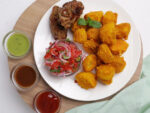

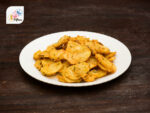
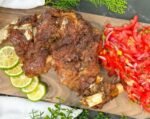
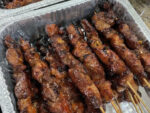
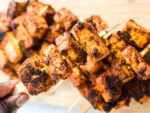
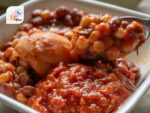

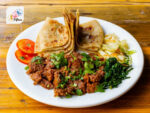
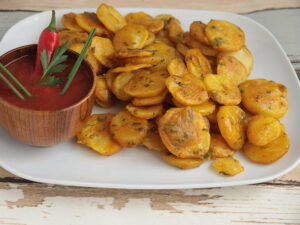
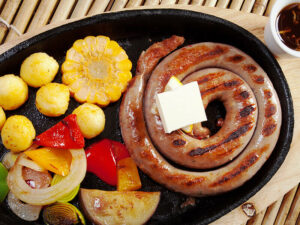
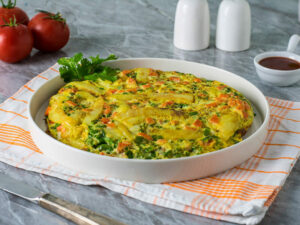
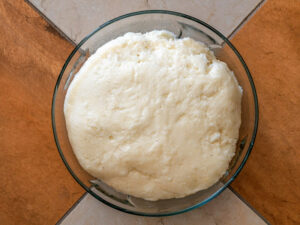
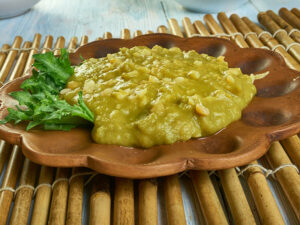
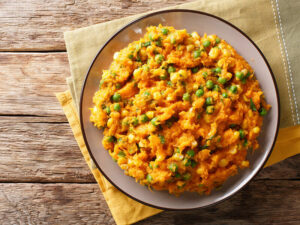
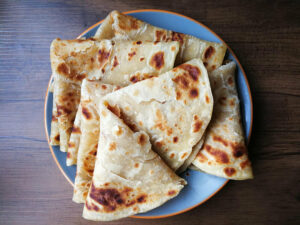
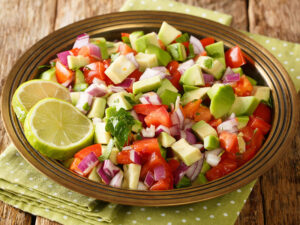
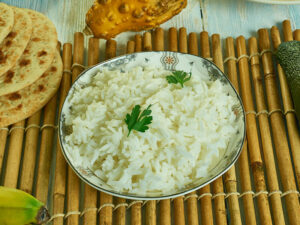
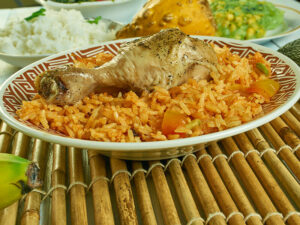
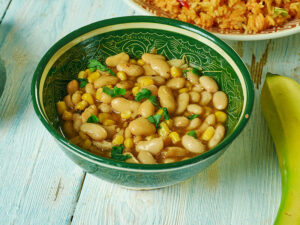
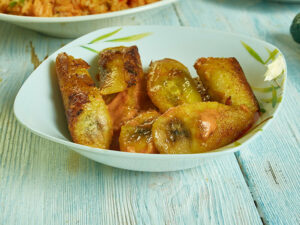
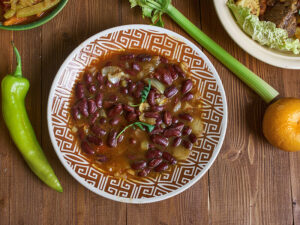
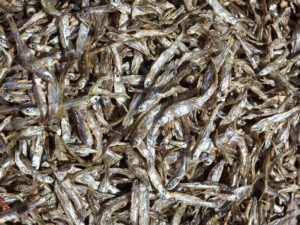
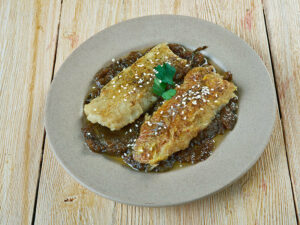
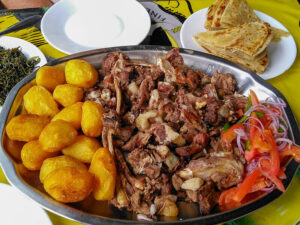
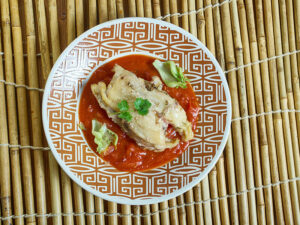
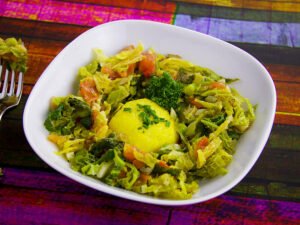
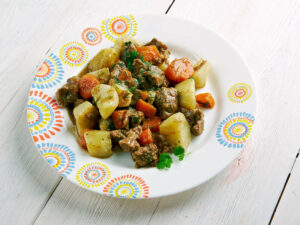
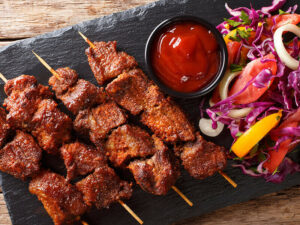
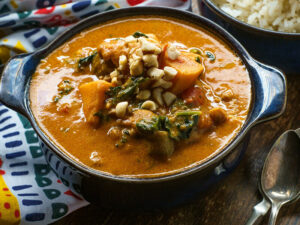
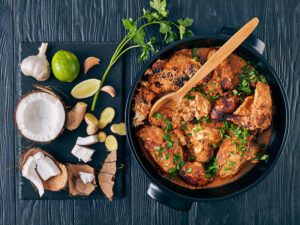
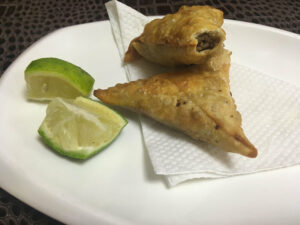
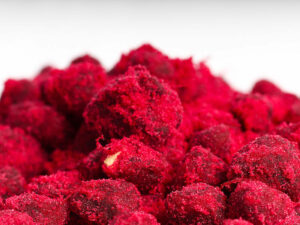
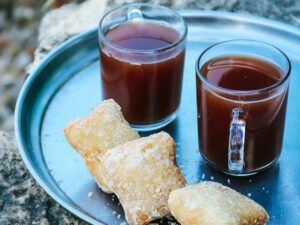
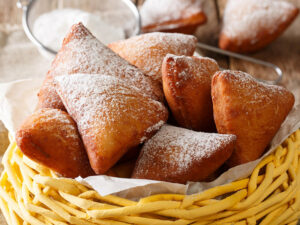
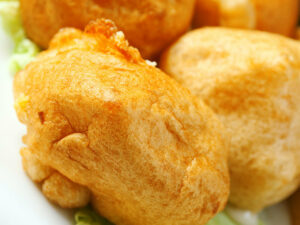
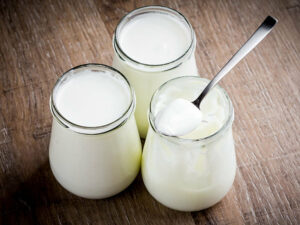
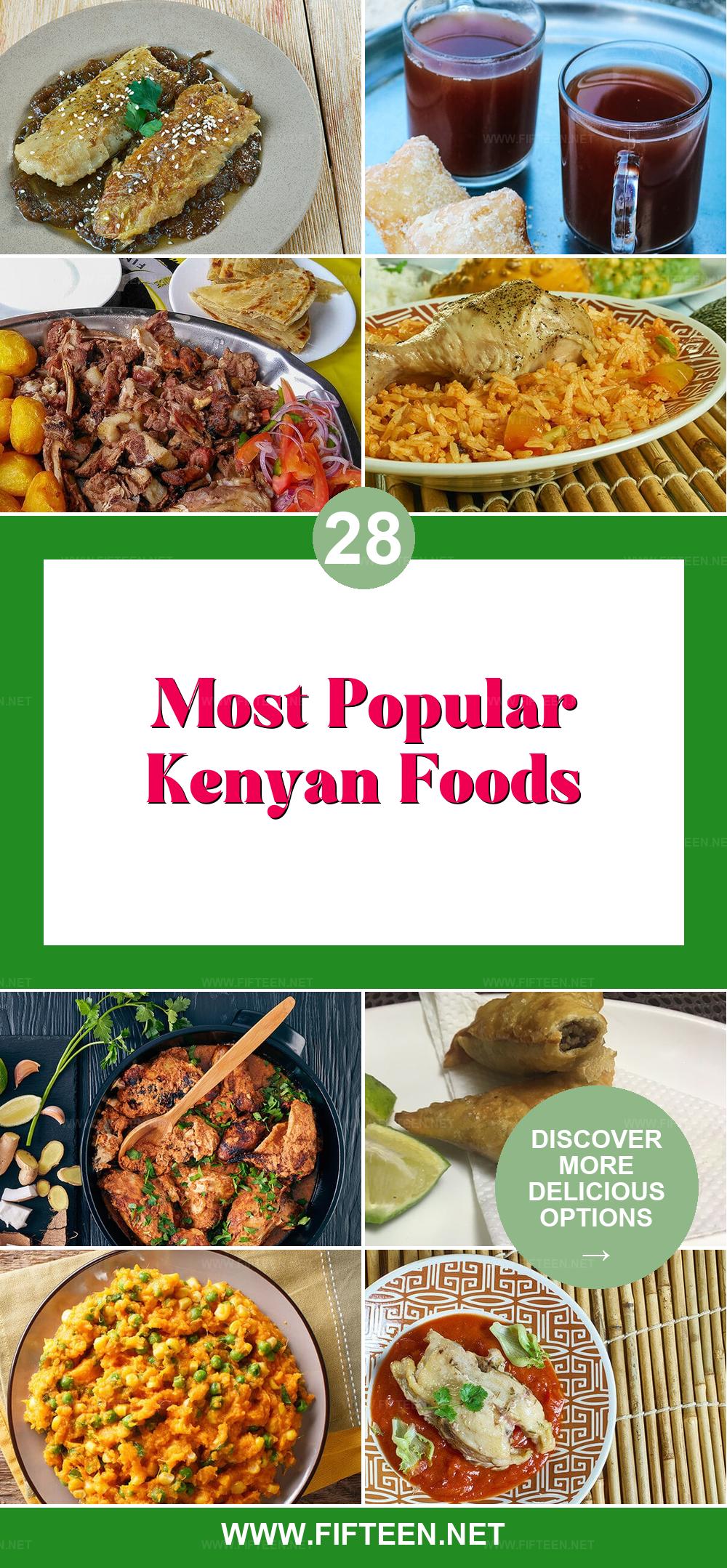
Jamie Scott
Editor in Chief, Senior Content Writer
Expertise
Home Cooking, Meal Planning, Recipe Development, Baking and Pastry, Food Editor, Cooking-video Maker, Western Food Evaluation Expert
Education
Le Cordon Bleu College of Culinary Arts
Local Community College, New York, NY
Jamie Scott is a skilled culinary expert and content creator specializing in Western cuisine. With over 15 years in the culinary field and formal training from Le Cordon Bleu, Paris, Jamie deeply understands how to blend nutrition with delicious flavors. His passion for cooking matches his commitment to making healthy eating accessible and enjoyable.
On Fifteen.net, Jamie brings a fresh perspective to classic dishes and beverages, offering readers insightful recipes, cooking tips, and a fresh view on meal planning that emphasizes taste, health, and simplicity.